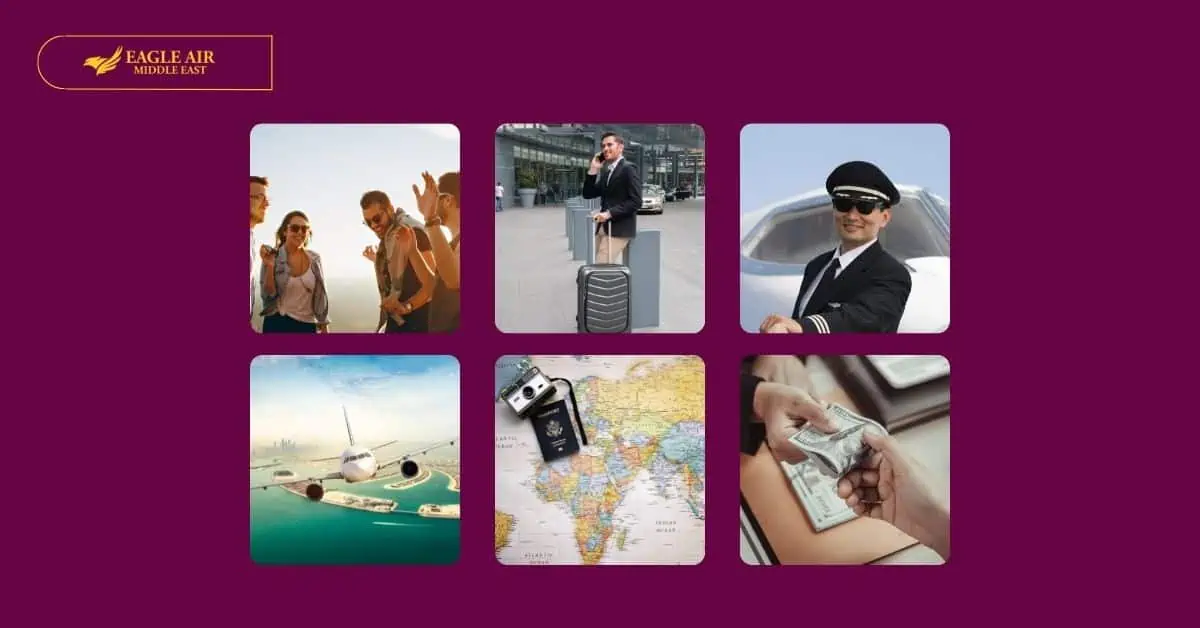Would you like to work in the flying profession but have some concerns that prevent you from taking this step?
Statistically, travel on a plane is the safest form of travel, according to the U.S. National Safety Council.
Keep on to find out why it is safer.
Air travel for some people is part of their daily life, but for others, it is a source of stress and anxiety. The good news is that most of the fear boils down to a lack of full understanding and awareness of the profession.
If the idea of flying in a plane makes you anxious, these safety aviation facts will completely change your mind about this fun career.
1. All vital systems of the plane are fully adequately tested:
There are more than 100,000 commercial flights every day; this means that jets are regularly placed under inspection and control due to changes in pressure, humidity, environmental hazards, and electromagnetic fields.
Although bad weather and other uncontrollable factors are in the sky, air travel is still safe.
How can this be?
One answer is that critical aviation systems on commercial aircraft – such as electronic engine and aviation control – are protected from lightning strikes and intense pressure. They are protected by shielded wires and attachments strategically.
Over the past few decades, aircraft leaders have relied on numerous technologies and tests to improve aircraft, and as a result, it has become easy to protect vital aviation systems. Thus, if something happens in the air, it is unlikely that severe damage will occur.
2. Improvements in air traffic control technology:
Outside the plane, some new techniques and mechanisms make air travel safer for pilots and passengers alike.
While air traffic control has always played a role in directing flights across the sky, technological advances mean that air traffic control agents have more ideas and insights about what is happening around them.
Ten years ago, air traffic controllers had to rely heavily on ground navigation systems. These systems restricted aircraft to particular routes and altitudes, which were somewhat uncomfortable, and today, advances in GPS technology for controllers provide more accurate real-time information about aircraft locations.
Not only does this allow for faster travel but more efficient routes, but it also enhances safety and reduces the possibility of aircraft collision and confusion when taking off and landing.
In addition to avoiding collisions, advanced air traffic control systems make it easy to avoid windy weather. In addition to protecting the plane, this dramatically reduces the delay passengers face.
3. Better techniques in case of shocks
Seat belts are more reliable than ever, while aircraft seats themselves are more reliable and safer than in the past. New ideas that have been applied in the aviation world such as seat cushions that multiply as float devices, oxygen masks that fall from the roof and other developments, all together make survival more likely than they were only 20 or 25 years ago.
4. New experimental protocols
Sure, advances in aircraft technology made aircraft safer, but this progress was not only in the technical field but also extended to new contracts. There is also a close correlation between air travel safety and emphasis on new experimental protocols.
Some rules are established regarding the amount of rest that pilots should receive between working periods. The rules state that pilots must have at least 10 hours of vacation leave before performing the flight, with eight hours of sleep being allocated.
Then there is a “two-person rule” that requires that the rule always have at least two people in the cockpit at any given time. If one of the pilots has to leave for a while, a crew member must be called – usually a flight attendant.
As the accuracy of experimental training has been enhanced over the years, today’s flight simulators are more realistic. The pilot can learn to fly the plane without leaving the ground; this ensures that the pilot is assured efficiently before flying.
5. Commercial aircraft pass comprehensive tests before selling them to airlines:
Wing flexibility test
Airplane wings are bent in varying degrees – sometimes up to 90 degrees – to ensure wing flexibility and safety.
Swallow test
It includes two separate experiments. The first is a bird stroke test, a simulation of a bird stroke is made for engines in the middle of the flight. The second test is related to water and making sure it does not reach the drivers. It is done by landing the plane in a runway covered with water as if there were heavy rain. It is to ensure that a lot of water does not reach the engines.
Temperature test
Aircraft are operated and transported in very cold and hot temperatures to ensure that the engines and systems are working correctly in all conditions.
Brake test
The planes are loaded to their maximum weight, and then the aircraft is equipped to take-off speed before they press the brakes to stop completely.
Aircraft are also tested for other emergencies, such as lightning strikes and low fuel scenarios.
Aviation as a means of travel is one of the safest ways to travel, based on many statistics that confirm this.



